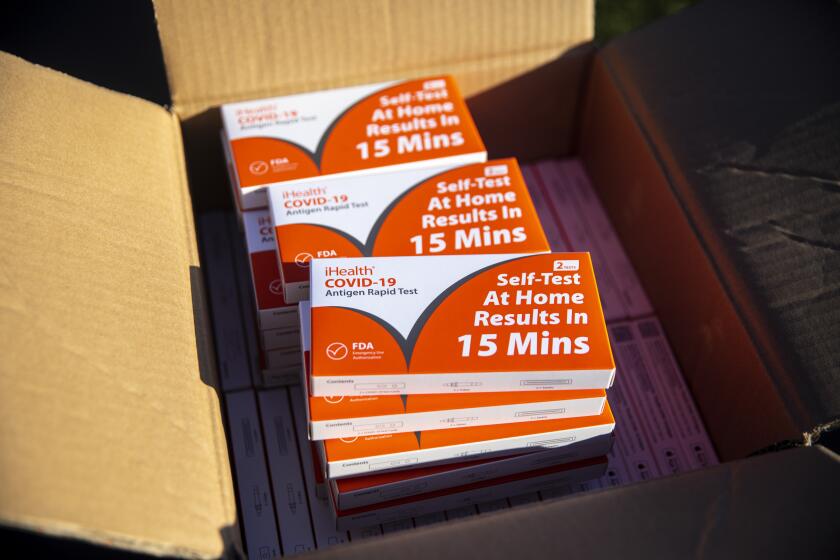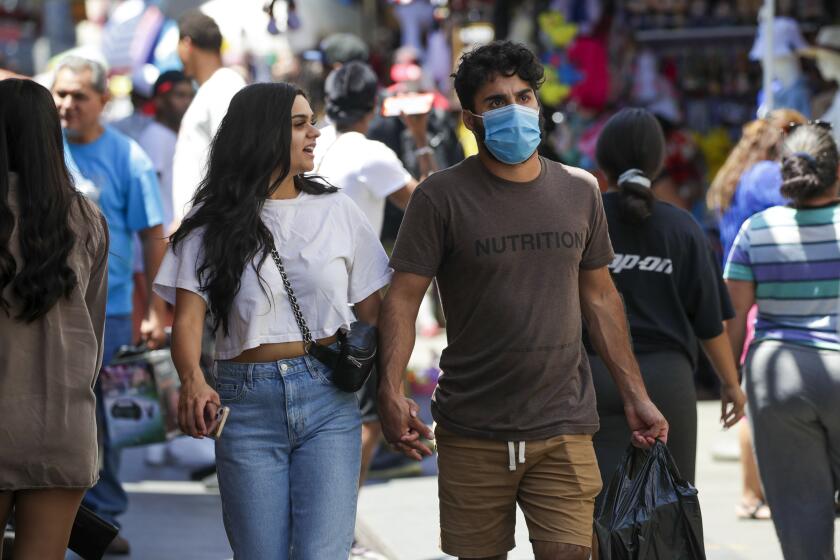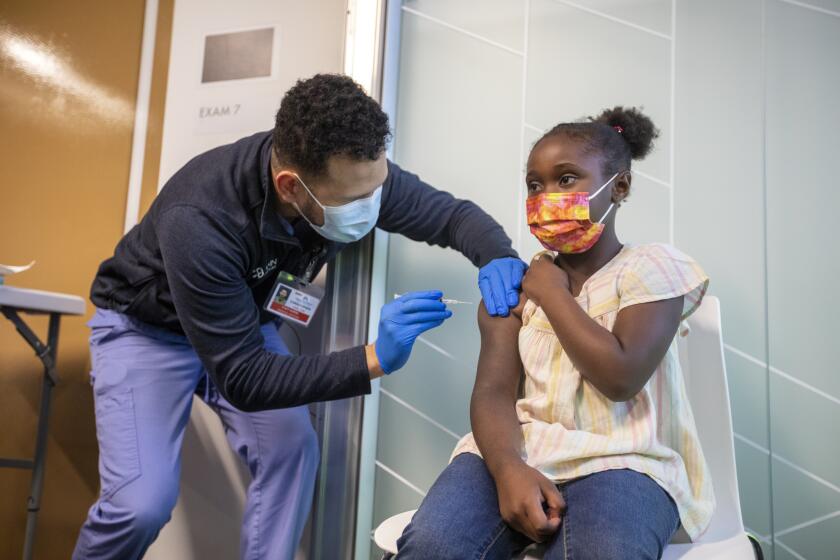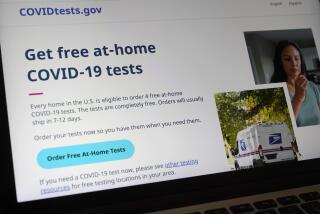COVID-19 test expired? Check this before you throw it out
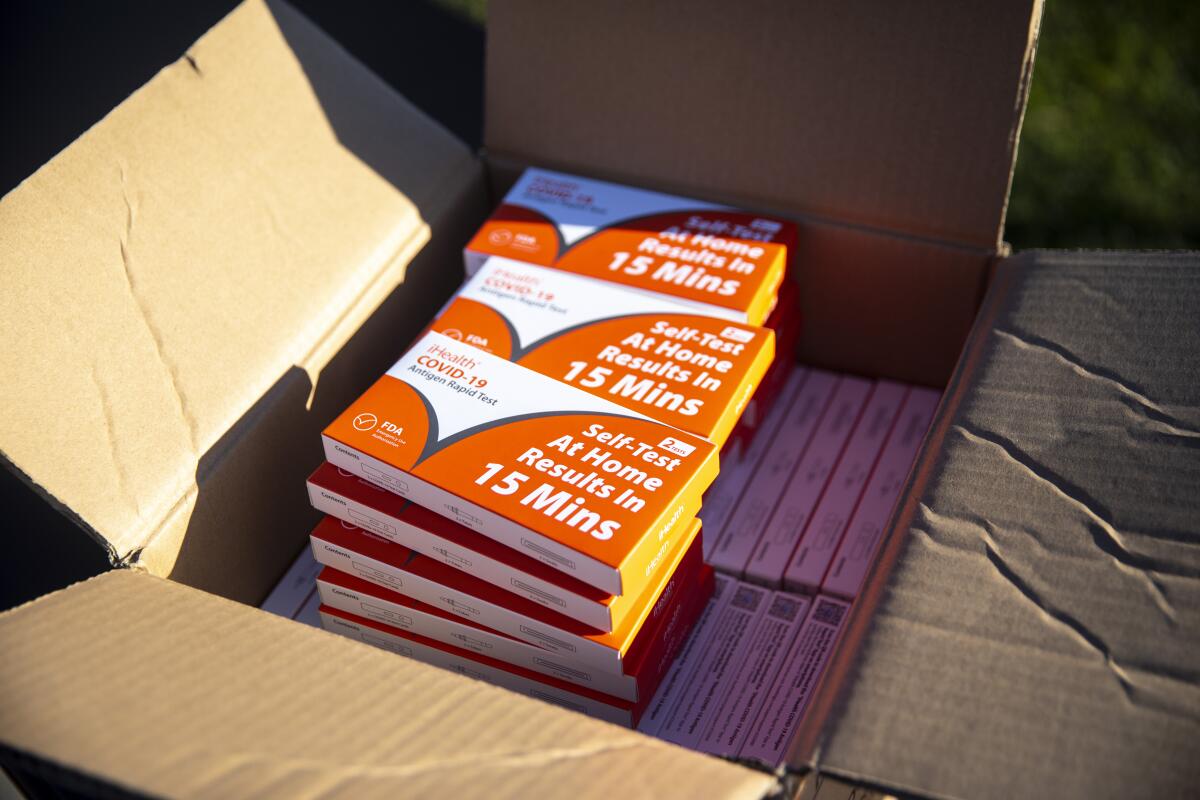
Have your COVID-19 rapid tests expired? Don’t toss them yet.
Federal regulators have extended some tests’ expiration dates, meaning certain offerings are now usable for months longer.
The reason for the extension, the U.S. Food and Drug Administration said, is that in the rush to get rapid test kits available, the agency typically authorized a shelf life of only about four to six months from the day of manufacture.
But manufacturers are continuing to test kits beyond their initial expiration dates, and some are finding that tests are good for longer periods.
Health officials stress that at-home tests are a vital and accurate way of tracking COVID-19 infections but an initial negative test doesn’t mean people are out of the woods.
Once the manufacturer has more data on the shelf life of the testing kits — such as 12 or 18 months — the company can request the FDA to authorize a later expiration date, the agency said.
“When a longer shelf-life is authorized, the expiration dates will be extended and the test manufacturer may send a notice to customers to provide the new authorized expiration dates, so the customers know how long they can use the tests they already have.”
To check whether your test kit is still good beyond the printed expiration date, you can search on the FDA’s “At-Home OTC COVID-19 Diagnostic Tests” website.
Type in the brand name on the FDA site, and a link will appear showing a list of updated expiration dates.
You may have to check the lot number on your package. For instance, say you’re trying to look up an iHealth COVID-19 test kit with lot number 222CO20208. Scroll down the document to find your lot number, and you’ll find that the original expiration date of Aug. 7 has been extended to Feb. 7, 2023.
Health officials recommend that anyone infected with the coronavirus isolate for at least 5 days — but for many, that timeline may be overly optimistic.
Officials have long pointed to at-home testing as a pivotal prong in the nation’s coronavirus response — allowing residents to ascertain and monitor their status and take appropriate precautions to avoid infecting others.
Though less sensitive than a lab-based PCR test, at-home rapid offerings are expected to detect a coronavirus infection at least 80% of the time, according to the FDA. Whereas positive results are typically accurate, the agency has warned of possible false negatives, especially earlier in someone’s infectious period.
As a result, the FDA “recommends repeat testing following a negative result, whether or not you have COVID-19 symptoms” — an ask that might prove more doable now that certain tests have longer shelf lives.
The CDC has updated its COVID-19 guidance in an effort to make things less confusing to Americans. Here’s what the agency recommends.
If you have COVID-19 symptoms and get a negative rapid test result, the FDA suggests testing again 48 hours later. If that test is also negative and you’re still concerned your symptoms are caused by COVID-19, the FDA suggests either a third rapid test or a PCR test.
Testing is also important in determining when an infected individual can end his or her isolation period. Health officials recommend that anyone infected with the coronavirus isolate for at least five days, and exiting isolation requires a negative result from a rapid test on or after the fifth day following the onset of symptoms or the first positive test, according to the California Department of Public Health.
If you can’t test, or continue to test positive after Day 5, the state recommends isolating for a period of at least 10 days.
More to Read
Sign up for Essential California
The most important California stories and recommendations in your inbox every morning.
You may occasionally receive promotional content from the Los Angeles Times.
